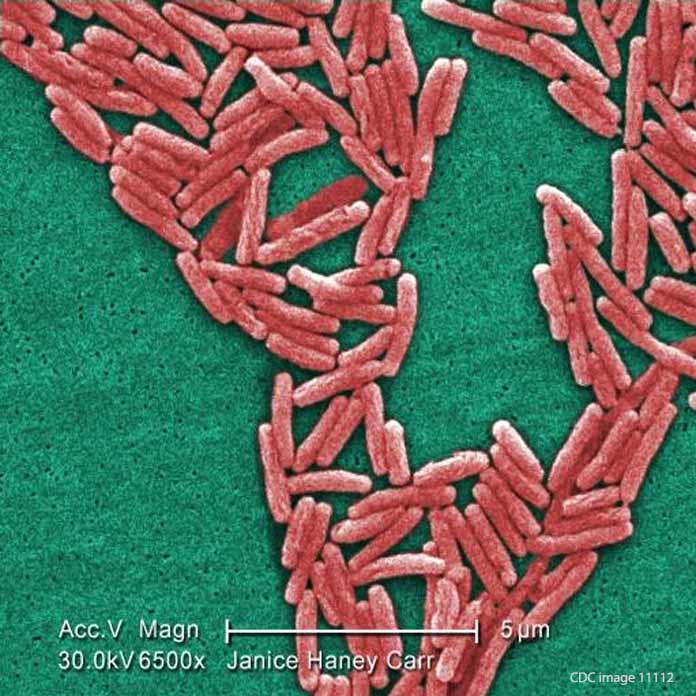The Centers for Disease Control have issued a report to the Associated Press confirming that a combination of factors contributed to the Legionnaires’ Disease outbreak at a veterans’ home in Quincy, Illinois this summer. This outbreak killed 12 people (11 residents and 1 visitor) and sickened more than 50 others, including 5 workers.
The 129-year-old facility, Illinois’ oldest and largest veterans’ residence, serves a population of approximately 450 veterans and their spouses. Its health care offerings include skilled nursing care and two Alzheimer’s units.
According to news sources, CDC investigators who examined the facility following the deadly outbreak have identified the ancient water system as the primary culprit in the spread of the Legionella pneumonia bacteria. The report describes a “general lack of understanding of water system details” that contributed to the failure to prevent the proliferation and spread of the bacteria.
Legionella bacteria, although generally not threatening to healthy individuals, can cause a severe form of pneumonia in those who are older than 50, smokers, or have underlying medical conditions such as lung disease, COPD, cancer, HIV, or compromised immune systems. Veterans home and retirement home populations are particularly at risk, given that most patients have at least two of these risk factors.
What Happened at the Quincy V.A.?

At Quincy, CDC environmental health specialists found specific system operations and reporting failures that included:
- A pressure valve failure inside the main water tower that allowed water to remain stagnant for an “unspecified period of time” during the September outbreak, providing the perfect breeding ground for Legionella bacteria;
- The “largely absent” performance of operation and maintenance record keeping for a subpar cooling tower, constructed in 2012, that failed to meet industry standards for the control of Legionnaires’ disease; and
- The absence of electronic medical records for the long-term care facility’s residents, half of whom suffer from dementia. When such records are not maintained, it is impossible to track how many patients may have suffered or died from the symptoms shared by regular pneumonia and the severe Legionnaires’ pneumonia.
The Quincy V.A. home is currently undergoing a $4.8 million project to replace its water system, which will include disinfection equipment and back flow valves to prevent the spread of the bacteria.